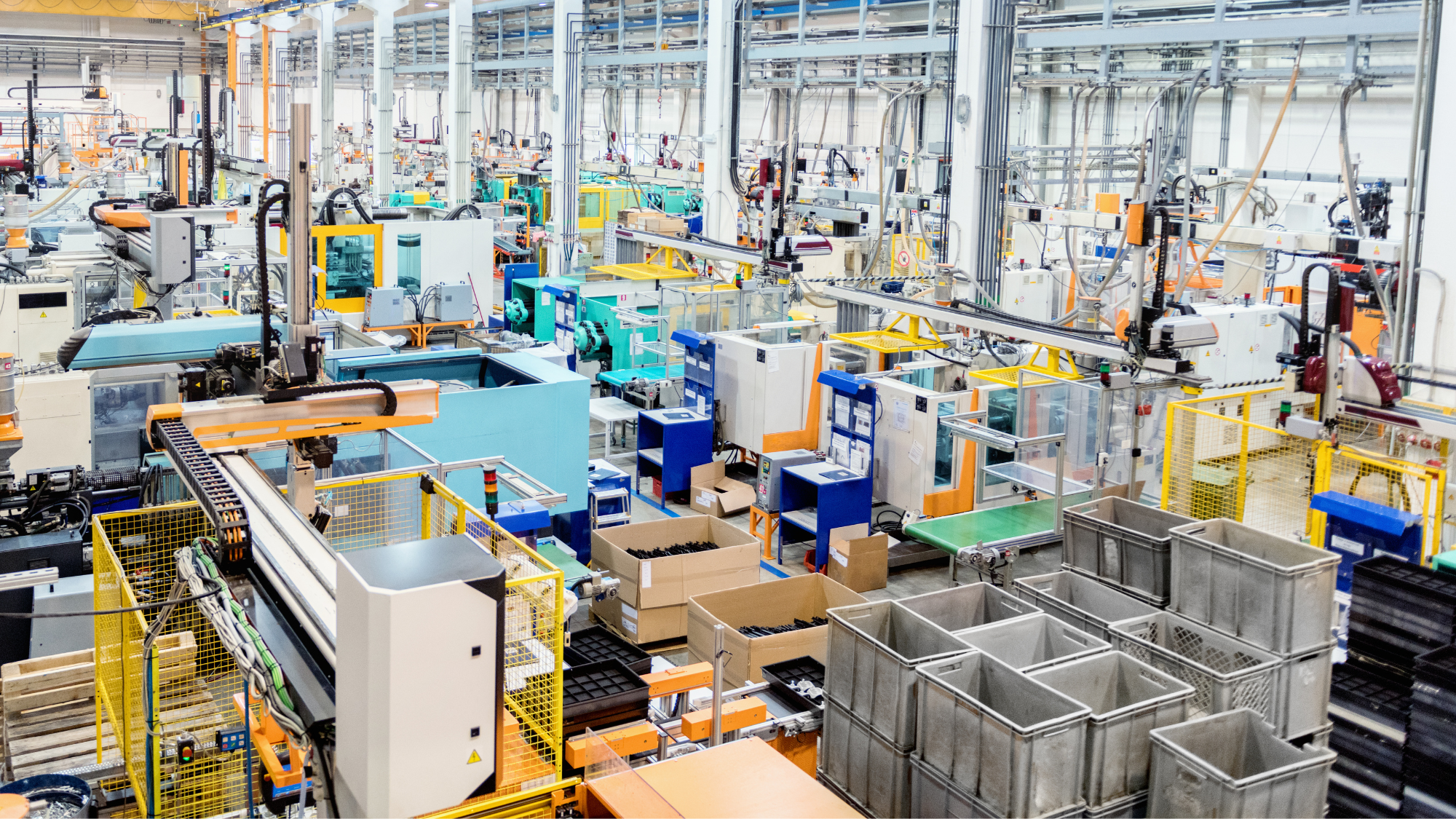Office Hours: Kasra Ferdows on How Companies Can Make Manufacturing a Critical Component of Their Business Strategies
Manufacturing matters. It is key to the prosperity of companies on a nationwide scale. In 2021, the world generated $16.35 trillion in manufacturing, representing 17% of the world’s gross domestic product (GDP), and it impacts transportation, logistics, warehousing, insurance, banking, and training activities on a much larger scale.
Manufactured products are by far the largest portion of the world trade (including 83% of exports from the European Union and 60% of U.S. exports) and manufacturing companies do over two-thirds of research and development in developed countries.
With such a large portion of the economy relying on manufactured products, how can companies better streamline their processes and capabilities? In his latest research published in the Journal of Production and Operations Management, Putting manufacturing on the offensive, Kasra Ferdows, Heisley Family Chair of Global Manufacturing and professor of operations and information management at Georgetown McDonough, and his co-authors, argue that the conventional ways for improving the strategic role of manufacturing in a company are no longer as effective and have become defensive, competitive strategies. Instead, they suggest that to go on the offensive, manufacturers need to strengthen five new capabilities and present a framework to guide senior executives to choose the right mix of these capabilities depending on their business strategies.
Here, Ferdows shares his key insights into this new research and how it can be applied to manufacturing companies around the world.
What motivated you to investigate this subject?
My co-authors and I have been studying the role of manufacturing in companies for several decades. A persistent question over the years has been, “How can manufacturing improve its role in the company’s competitive strategy?”
In the last three decades the answer was simple, though not easy: become “lean”— or essentially improve the basic production capabilities such as quality, reliability, flexibility, and cost efficiency of the production processes. We learned this from Japanese firms, notably Toyota. But in recent years, almost every large manufacturer has implemented the lean program in some shape or form, and it is now difficult to create a competitive advantage only by becoming leaner. Becoming lean is now effectively a defensive move – you must do it if you don’t want to fall behind. So the question for us was, “How can manufacturing become a leading force in the company’s strategy these days?”
Please explain the findings of your research. What were your main takeaways or conclusions?
We are suggesting that, unlike before, there are now multiple paths for manufacturing to upgrade its role in the company strategy. The challenge is to identify the path carefully and develop the right mix of capabilities that fit that path.
We present a framework to help the executives choose this path. The framework is based on two current trends: first, increasing information density of products, and second, increasing connectedness of the production processes. Many products today carry a lot more information than in the past. For instance, a ‘smart’ mattress, such as one by Sleep Number, not only adjusts temperature, softness, and angle to your preference, it is also able to measure your biometrics (e.g., heart rate, breathing, and sleep pattern) and even infer whether you may be suffering from sleep apnea or restless foot syndrome. The information collected is not just for the customer; it is also used by Sleep Number to create new products and improve its production processes and is shared with other researchers for health insights.
At the same time, different production steps are becoming increasingly intermeshed. An important driver behind this trend is the increasing concern for the sustainability of manufacturing operations (for example, using the waste of one factory as raw materials for another) and another is the realization that tightly-knit and business ecosystems can yield better results.
The framework we suggest describes four archetype categories of manufacturing that we have labeled as “standard”, “data-rich”, “grid” and “ecosystem”. We suggest five types of manufacturing capabilities that need to be developed and strengthened to different degrees for each of these types. These capabilities are looking beyond traditional functional walls of manufacturing, deploying new process and digital technologies quickly, helping the company move from selling “products to selling solutions”, leveraging the intra-company network, and working effectively in the inter-company ecosystems.
Choosing how much the company should focus on developing each of these capabilities, we suggest, depends on how fast and how far the company wants to move towards each of these archetype manufacturing systems described in the framework.
What was the methodology you used to arrive at your findings?
We studied how a dozen leading global manufacturers had expanded the role of manufacturing in their strategy and analyzed three of them in more depth for this article: IKEA, Moderna, and Tetra Pak. We chose these three because each chose a different path. We hypothesized on the reasons behind what we observed in each company and looked for theories and models in the literature that could support or contradict them. In short, our methodology is close to what is usually referred to as “grounded theory methodology”.
Are there any areas of your research that will need further investigation?
Almost everything we say needs to be investigated further because we are suggesting a new way of thinking about a basic and enduring question. Two obvious areas needing further research are: a) investigating how fast companies are moving to the different type of manufacturing we have identified in our framework and what have been the results, and b) what are the implications of such moves for the jobs in manufacturing — from senior managers to employees on the shop floor.
